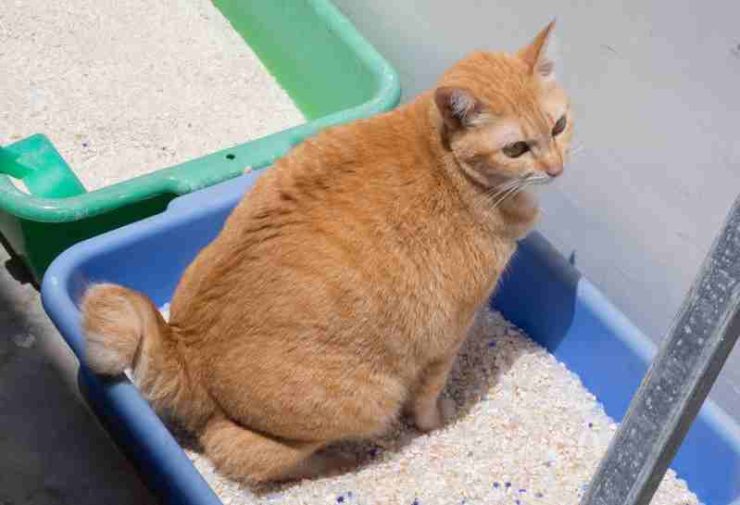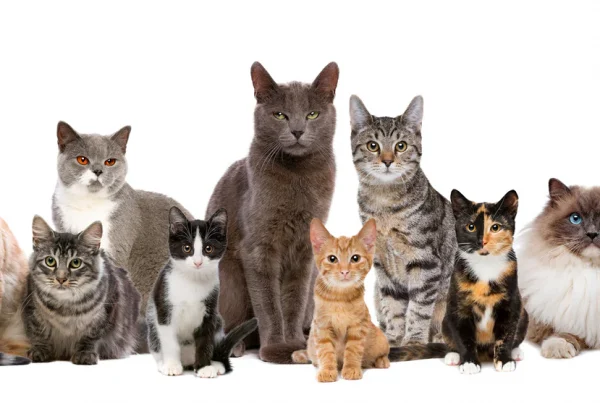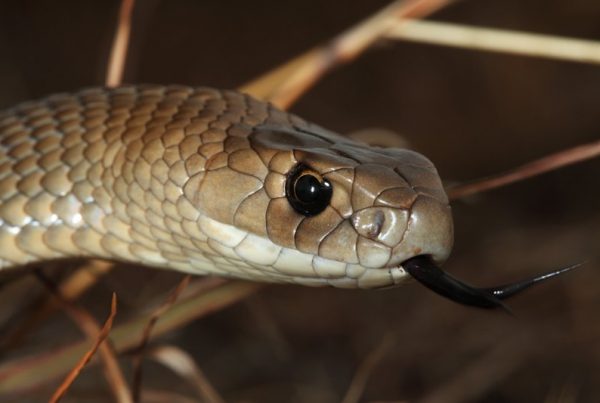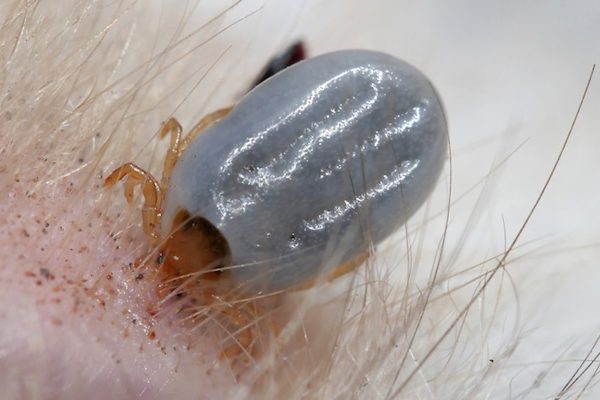FLUTD is one of the most common issues that cats present to the veterinary hospital for. It is not a specific disease but instead a term used to describe a group of conditions that affect the lower urinary tract of cats. There are many causes of FLUTD, however they all result in the same collection of clinical signs. It is considered a multifactorial disease meaning there can be a combination of things causing inflammation and symptoms.
The most common reason we see is known as Feline Idiopathic Cystitis (FIC), frustratingly as the name suggests, it means there is no obvious underlying cause and is usually diagnosed through a process of exclusion. There is however, a strong association with stress and anxiety. Common stressors include moving house, renovating, new additions to the household (human or animal), bad weather or a change in kitty litter type. Other causes of FLUTD include infection, crystals, stones, a tumour, or a possibly even a combination. There are also contributing factors which can make cats more at risk such as being overweight, genetics and changes in diet (changing or more dry food).
Clinical signs that your cat may be experiencing urinary issues include;
- Frequent urination
- Toileting in inappropriate places
- Pain or straining to urinate
- Urinating blood
- Behavioural changes

If you suspect any of these issues are occurring it is important to seek veterinary attention. The vet will perform a physical exam while gathering information regarding your cats’ history, their diet, living arrangements and any stressors or changes. A urine sample will be requested to primarily look for signs of infection and crystals however other information is also gathered including the urine concentration, the pH level and any presence of blood. If you are unsure about how to go ahead collecting a sample or your cats’ urine, please ring your veterinarian. Some cases may require further diagnostics such as an x-ray, ultrasound, blood testing or sending a sample of their urine to the laboratory for further investigation.

Due to this disease being multifactorial, unfortunately this means there is not a single treatment protocol that works for all cats. Also, a treatment that has previously worked may not be appropriate the next time around if the causes have changed. This is why a full work up is required each time your cat presents for this issue. The more contributing factors that are identified and addressed, the more successful treatment is likely to be. Some aspects of treatment may include;
- Treating infection if present with appropriate antibiotics
- Pain relief
- Remove or decrease stressors from your cat’s environment
- Treat stress/anxiety with natural therapies such as Zylkene and Feliway, however some may require anti-anxiety medications
- Increase their water intake (add water/broth to their food, feed wet diet)
- Prescription urinary diets are also available to dissolve crystals and help manage stress
- Weight management
Environmental enrichment is an important part of ongoing management. It is suggested to have 1 more litter tray than number of cats you have and place them in different locations. This allows a second option for toileting if for some reason (such as cleanliness or stress) they are unable to use the first tray. Provide toys, scratching posts and a safe area they can hide and be left unbothered if they are scared or stressed.
A stone, crystals or even very severe inflammation can cause cats to become blocked. If this occurs it can result in severe bladder damage or possibly even rupture of the bladder which can be fatal. This is especially important when it comes to male cats. Please remember, if your cat is unable to urinate, you notice them straining or not passing any urine, it is vital that emergency veterinary attention is sought in case there is a blockage.






